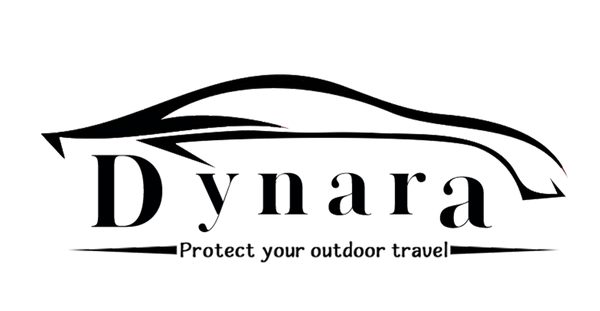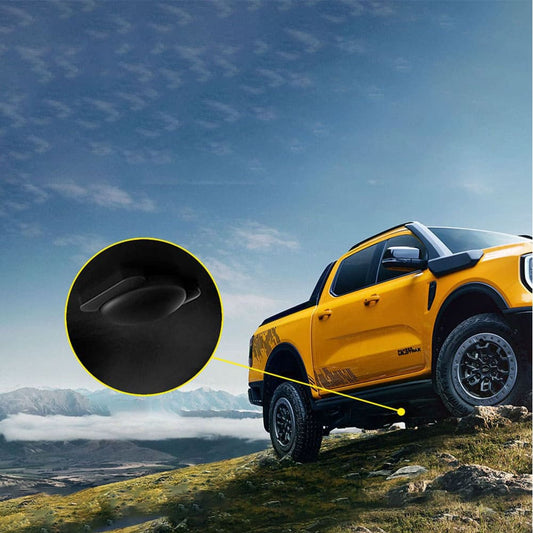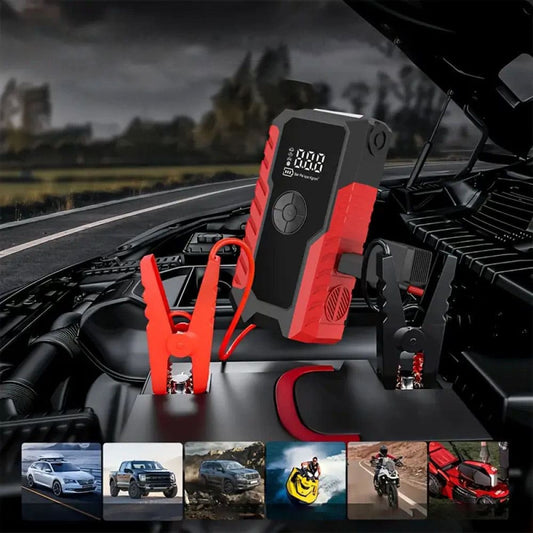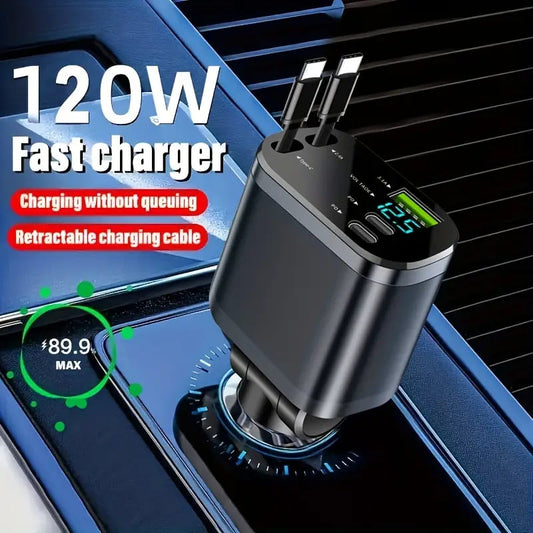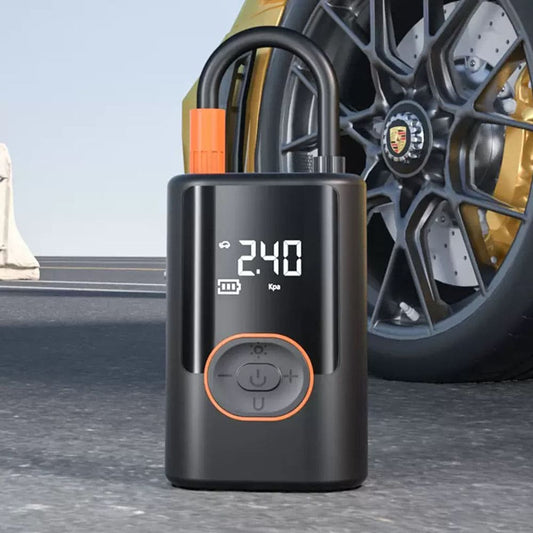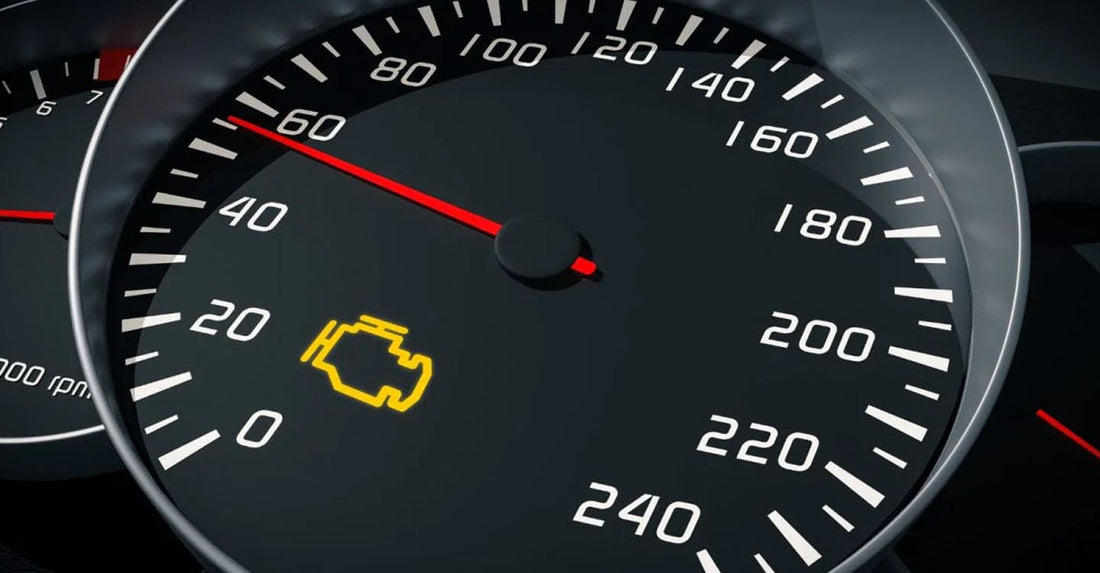
Why Is Your Check Engine Light On? Common Causes and Quick Fixes
Share
Check Engine Light Quick Overview
A check engine light can appear for various reasons, signaling everything from minor issues to severe problems with your vehicle. If the light is flashing, immediate attention is required to avoid costly damage. Diagnosing the root cause using an OBD-II scanner is essential, whether you visit a mechanic or choose a DIY approach. Ignoring the light can lead to more significant issues, so it's crucial to act quickly to prevent additional expenses and potential safety risks.
At Dynara, we understand how frustrating it can be when your check engine light comes on. Our team is dedicated to helping you understand these issues and find practical solutions for keeping your vehicle in top shape.
What Causes a Check Engine Light to Come On?
The check engine light is part of your vehicle’s on-board diagnostics system, which monitors key systems such as the engine, fuel system, and emissions control. This light can signal a range of issues, including but not limited to:
Loose or Faulty Gas Cap: A simple fix that could be affecting the fuel system. Tighten or replace the cap (roughly $25).
Oxygen Sensor Failure: A critical component for fuel efficiency and emissions control. Replacing it can cost around $350.
Mass Airflow Sensor Issues: A faulty sensor can reduce fuel economy and engine performance. Repairing it might cost up to $500.
Spark Plugs and Wires: Worn spark plugs can cause engine misfires, leading to reduced performance and increased emissions. Replacing spark plugs can cost around $400.
Catalytic Converter Failure: One of the more expensive repairs, replacement can cost over $2,000.
These are just a few examples of what may trigger your check engine light. In many cases, using an OBD-II scanner can help you pinpoint the exact issue.
MORE: How to Jump Start a Car: Easy Guide & Dynara Portable Jump Starter Solution
How to Diagnose and Fix Check Engine Light Problems

To accurately diagnose your car’s check engine light, you’ll need access to the vehicle’s OBD-II diagnostic code. You can either visit a local mechanic, visit an auto parts store, or invest in a personal OBD-II scanner. Here’s how to proceed:
1. Visit a Mechanic: Have a professional mechanic run a scan. While this can cost around $100, they will typically waive the fee if you proceed with repairs at their shop.
2. Use a DIY OBD-II Scanner: Many auto parts stores offer free diagnostic scans, or you can buy an OBD-II scanner for as low as $50 online. This option allows you to identify problems without professional help.
3. Interpret the Codes: Once the code is obtained, you can use online resources to identify the exact issue. From here, you can decide whether it’s something you can fix yourself or require professional assistance.
At Dynara, we offer a variety of high-quality auto parts and diagnostic tools, making it easier for you to address issues before they become bigger problems.
MORE: Car Tires Guide: Everything You Need to Know
Can I Drive My Car With the Check Engine Light On?
While a steady check engine light indicates a problem that needs fixing, it’s typically safe to drive your car until the issue is resolved. However, if the light is flashing, it signals a severe issue (such as damage to the catalytic converter or engine components), and you should stop the car immediately to prevent further damage.
What to Do if the Check Engine Light Won't Turn Off
After repairs, your mechanic should reset the OBD-II code to clear the warning light. If you're handling repairs yourself, ensure the problem is resolved before resetting the light. Resetting it prematurely without fixing the issue can lead to bigger problems down the road.
MORE: Tested: The Best Portable Jump Starters of 2025
Final Thoughts on Your Check Engine Light
Whether it's a simple fix like tightening your gas cap or something more complex like replacing a catalytic converter, addressing the check engine light promptly can save you money and ensure the safety and efficiency of your vehicle. At Dynara, we’re committed to offering reliable, quality parts and diagnostic solutions to help you keep your car in peak condition. Don’t ignore the warning—diagnose and resolve the problem as soon as possible to avoid expensive repairs and potential breakdowns.
